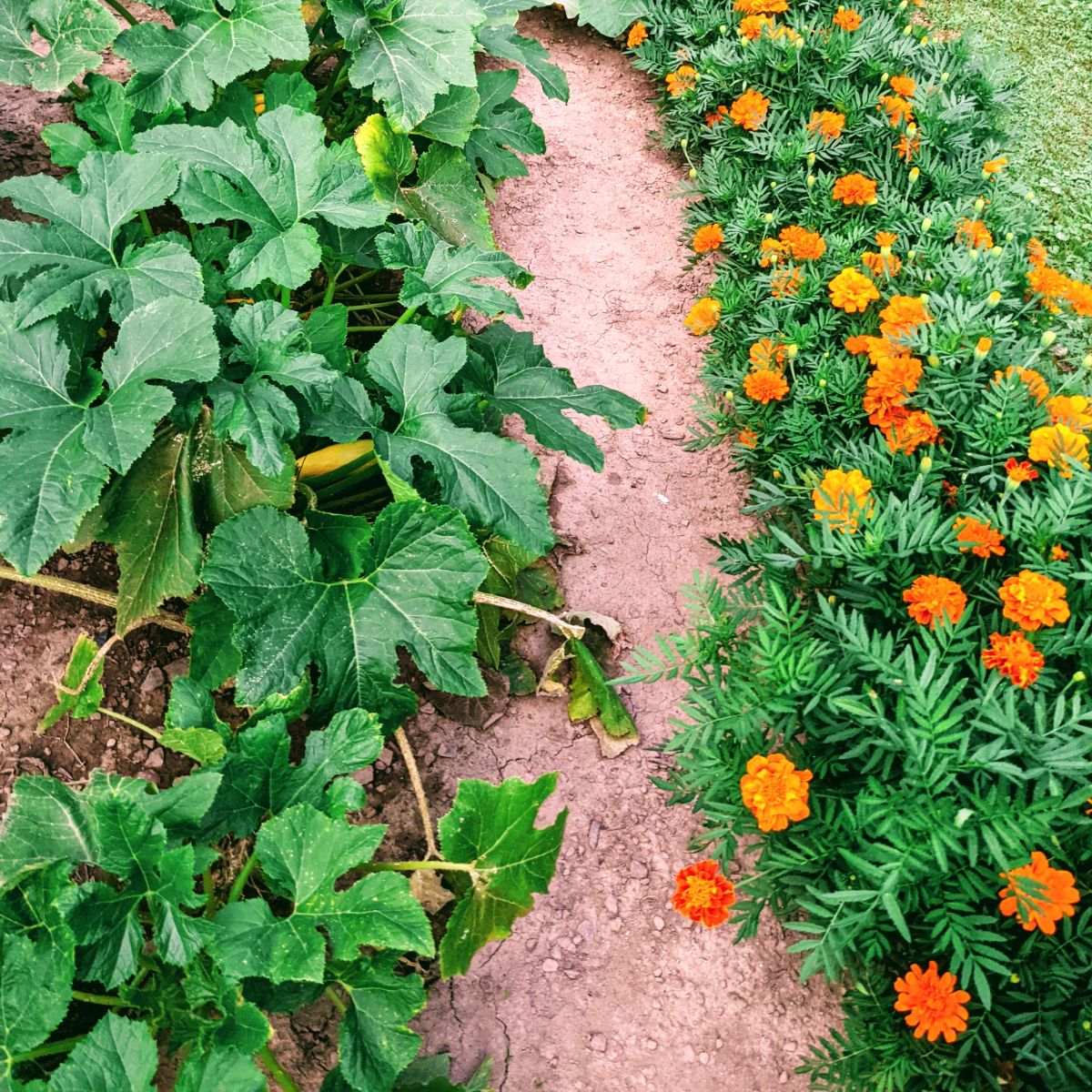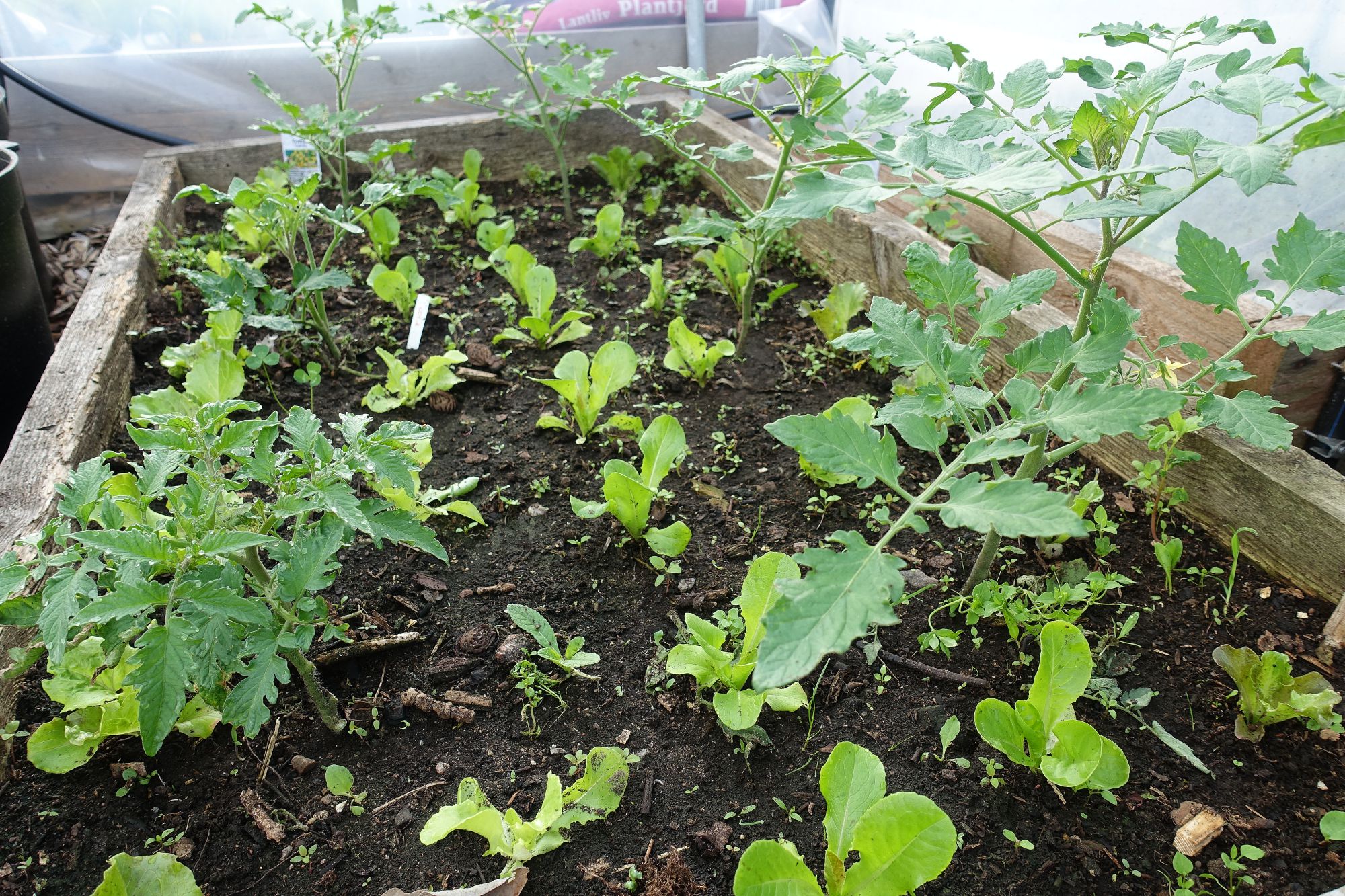Crops That Grow Well Together
Crops That Grow Well Together
Companion planting is a gardening practice of planting certain types of crops together to benefit each other. By understanding which crops grow well together, you can create a more productive and pest-resistant garden.
There are a few different reasons why companion planting works. Some crops release chemicals that deter pests or attract beneficial insects. Others have different rooting systems that help to improve the soil quality. And still others simply grow well in the same conditions, so they can share resources like sunlight and water.
If you're new to companion planting, there are a few simple rules of thumb to follow. First, avoid planting crops from the same family together. This can lead to competition for resources and increased risk of pests and diseases. Second, consider the different needs of your plants in terms of sunlight, water, and nutrients. Plant those with similar needs together. And finally, experiment! There are no hard and fast rules when it comes to companion planting, so find what works best for you and your garden.
Here are a few examples of crops that grow well together:
- Beans and corn: Beans fix nitrogen in the soil, which corn needs to grow. Corn provides shade for the beans, which helps to keep them cool and prevent them from developing diseases.

- Carrots and onions: Carrots and onions repel each other's pests. Carrots attract nematodes, which can damage onion plants. Onions repel carrot flies, which can damage carrot plants.

- Cucumbers and marigolds: Marigolds repel cucumber beetles, which can damage cucumber plants. Cucumbers help to keep the soil moist, which marigolds need to thrive.

- Lettuce and tomatoes: Lettuce shades the roots of tomato plants, which helps to keep them cool and prevent them from developing root rot. Tomatoes release a chemical that helps to repel aphids, which can damage lettuce plants.

- Peas and radishes: Peas fix nitrogen in the soil, which radishes need to grow. Radishes mature quickly, so they can be harvested before they start to shade the peas.

These are just a few examples of crops that grow well together. There are many other possibilities, so do some research and find what works best for your garden.
Conclusion
Companion planting is a great way to improve the productivity and pest-resistance of your garden. By understanding which crops grow well together, you can create a more beneficial and harmonious ecosystem for your plants.
If you're new to companion planting, start by planting a few simple combinations. As you gain more experience, you can experiment with different crops and find what works best for you. With a little planning, you can create a beautiful and productive garden that is both beneficial to you and the environment.
Do you want to grow a healthy and productive vegetable garden? If so, you need to know about companion planting. Companion planting is the practice of planting certain vegetables together because they benefit each other in some way. For example, tomatoes and basil are natural companions because basil helps to repel tomato pests.
There are many different companion planting combinations that you can use in your garden. To find out more about which crops grow well together, I recommend visiting Gardenia Inspiration. This website has a comprehensive companion planting chart that lists all of the most common vegetables and their best companions.
In addition to providing information about companion planting, Gardenia Inspiration also offers a variety of other gardening resources, such as articles on planting, growing, and harvesting vegetables. Whether you're a beginner or a seasoned gardener, you're sure to find something useful on this website.
FAQ of crops that grow well together
- What are the benefits of companion planting?
Companion planting is the practice of planting certain types of crops together to benefit each other. There are many benefits to companion planting, including:
* Improved plant health: Companion plants can help to deter pests and diseases, attract beneficial insects, and improve the overall health of your plants.
* Increased yields: Companion planting can help to increase the yields of your crops by improving pollination, nutrient availability, and water efficiency.
* Reduced weeding: Companion plants can help to shade out weeds and compete with them for resources.
* Enhanced flavor: Some companion plants can actually improve the flavor of other crops.
* Attracting pollinators: Companion planting can help to attract pollinators, such as bees and butterflies, which are essential for crop pollination.
- Which crops grow well together?
There are many different combinations of crops that grow well together. Some popular examples include:
* Beans and corn: Beans fix nitrogen in the soil, which benefits corn. Corn provides shade for beans, which helps to protect them from pests and diseases.
* Carrots and onions: Carrots repel onion pests, and onions repel carrot pests.
* Cucumbers and tomatoes: Cucumbers release chemicals that deter spider mites, which can be a problem for tomatoes. Tomatoes release heat, which can help to protect cucumbers from powdery mildew.
* Lettuce and spinach: Lettuce shades the soil for spinach, which helps to keep it cool and moist. Spinach releases chemicals that deter aphids, which can be a problem for lettuce.
* Peas and marigolds: Peas attract beneficial insects, such as ladybugs, which help to control aphids. Marigolds repel nematodes, which can be a problem for peas.
- What crops should not be planted together?
There are also some crops that should not be planted together. Some common examples include:
* Asparagus and tomatoes: Asparagus can suppress the growth of tomatoes.
* Cabbage and broccoli: Cabbage and broccoli are susceptible to the same pests and diseases, so planting them together can increase the risk of infection.
* Garlic and beans: Garlic can inhibit the growth of beans.
* Melons and squash: Melons and squash can compete for water and nutrients, so planting them together can reduce their yields.
* Potatoes and tomatoes: Potatoes and tomatoes are susceptible to the same pests and diseases, so planting them together can increase the risk of infection.
- How do I know which crops to plant together?
There are many resources available to help you determine which crops grow well together. Some popular options include:
* Online companion planting charts: There are many online companion planting charts that can help you find compatible crop combinations.
* Books on companion planting: There are many books available on companion planting that can provide more in-depth information on the topic.
* Consulting with a gardening expert: If you are unsure about which crops to plant together, you can consult with a gardening expert for advice.
- What are some other benefits of companion planting?
In addition to the benefits mentioned above, companion planting can also:
* Attract beneficial insects: Companion plants can attract beneficial insects, such as ladybugs, lacewings, and praying mantises, which can help to control pests.
* Improve soil quality: Some companion plants, such as legumes, can fix nitrogen in the soil, which can improve soil fertility.
* Reduce erosion: Companion plants can help to reduce soil erosion by providing ground cover and stabilizing the soil.
* Create a more attractive garden: Companion planting can create a more visually appealing garden by adding variety and interest to your plantings.
Image of crops that grow well together
- Carrots and tomatoes: Carrots help to suppress the growth of tomato rootworms, while tomatoes help to deter carrot flies.
- Beans and corn: Beans fix nitrogen in the soil, which benefits corn. Corn provides shade for beans, which helps to protect them from pests.

- Cucumbers and melons: Cucumbers and melons both attract pollinators, so they can be planted together to help each other out.

- Lettuce and spinach: Lettuce and spinach are both cool-season crops that can be planted together. They have similar growing requirements and will not compete with each other for resources.

- Peas and onions: Peas and onions help to deter each other's pests. Peas attract pests like aphids and beetles, while onions repel these pests.
Post a Comment for " Crops That Grow Well Together"